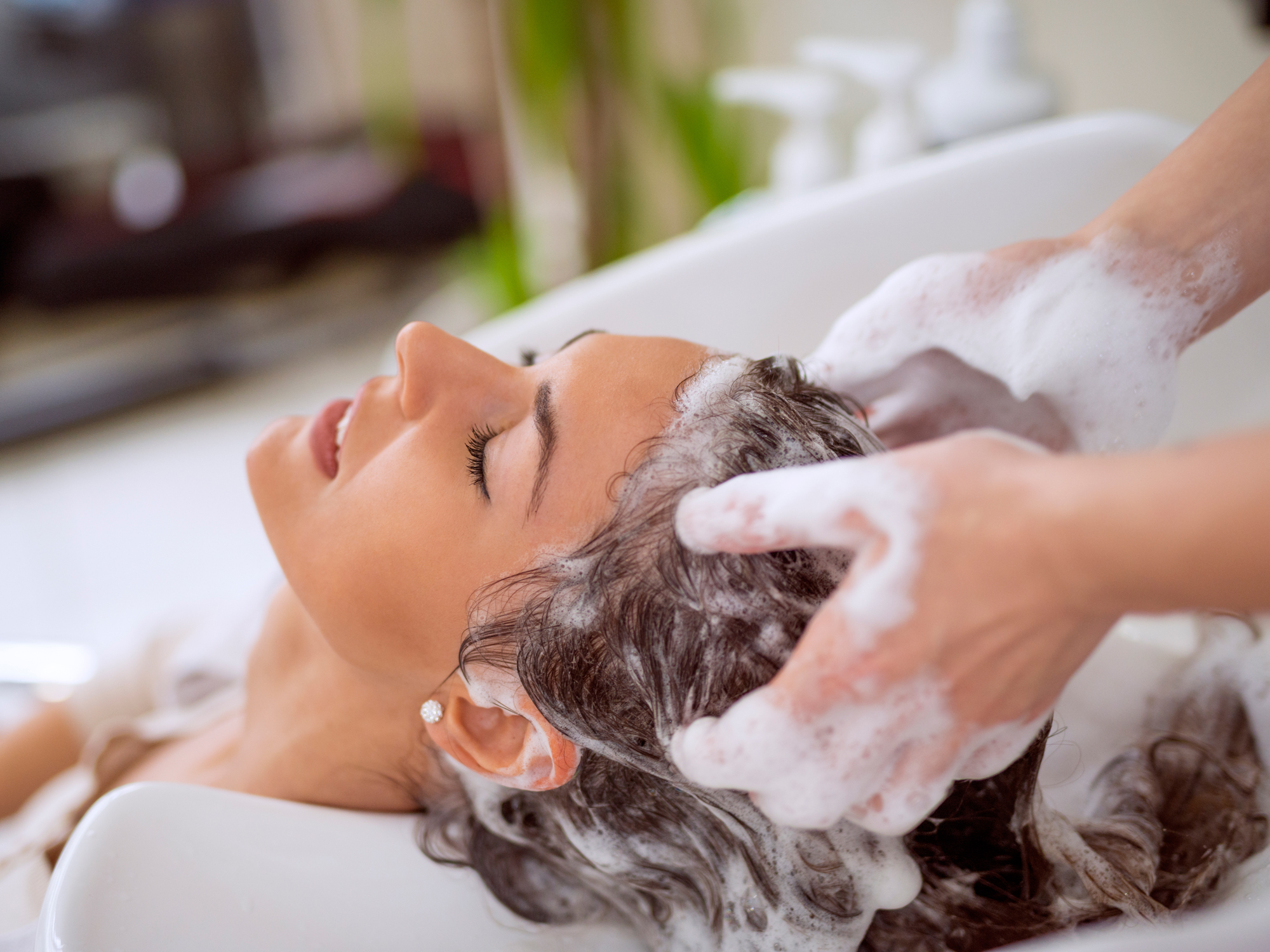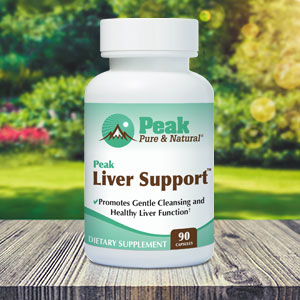Get Easy Health Digest™ in your inbox and don’t miss a thing when you subscribe today. Plus, get the free bonus report, Mother Nature’s Tips, Tricks and Remedies for Cholesterol, Blood Pressure & Blood Sugar as my way of saying welcome to the community!
How dangerous are the unregulated ingredients in your makeup and shampoo?

Not too long ago, I told you about a loophole conveniently provided to the makers of artificial sweeteners, flavoring and other ingredients that go into food products.
As long as they don’t call their products “food additives,” the loophole allows these companies to self-report the safety of these products, without the FDA confirming it.
This kind of deception is disturbing, indeed.
But what if I told you that there’s another group of products we all have in our homes that are completely unregulated for safety.
The average teenage girl uses no less than fourteen of these products every single day, yet we have no idea how the ingredients they contain may be affecting her health, her safety, or even her future ability to conceive.
But teens are not the only ones in danger. Most adult women use cosmetics regularly. And when we say the word “cosmetics” we aren’t just talking just about makeup.
In fact, some of the products commonly referred to as “personal care products” fall under the definition of cosmetics. These include, for example, skin moisturizers, perfumes, fingernail polishes, shampoos, permanent waves, hair colors, toothpaste, and deodorants — many products used by women and men.
Fortunately, consumer groups and lawmakers are pushing for more scrutiny. But progress is slow…
Cosmetics: less regulated than pesticides
“It’s hard to think of a category that is less regulated… even pesticides have more.”
Scott Faber, senior vice president for government affairs at the Environmental Watch Group (EWG), made this comment regarding the cosmetics industry.
Of course, Lisa Powers of the Personal Care Products Council (PCPC) would beg to differ.
She points out that the Cosmetic Ingredient Review, a third-party review body — funded by the cosmetics industry — is trusted by the industry to study the chemicals in products and to “help keep cosmetics safe.”
Do these sound safe to you?
- Parabens are endocrine-disrupting chemicals found in shampoos, lotions, and conditioners. They are also associated with skin cancer and lowered sperm count.
- Carbon black is derived from the incomplete burning of carbon-containing materials. It is found in eye makeup, nail polish, and lipstick. Studies have identified commercial carbon black as a possible cause of lung, lymphatic and skin cancer, as well as pulmonary infection.
These are just a few of the chemicals listed in the database of the Campaign for Safe Cosmetics.
Do you see how scary it is that these products are unregulated?
Laws that don’t protect you
Of course, there is one law on the books, but it has no “teeth.”
The Federal Food, Drug, and Cosmetic Act was passed in 1938, long before many of these dangerous chemicals were around.
The law addresses the mislabeling of products, but in no way addresses their safety. In fact, on their website, the FDA states that “companies… who manufacture or market cosmetics have a legal responsibility to ensure the safety of their products.
“Neither the law nor FDA regulations require specific tests to demonstrate the safety of individual products or ingredients.
“Nor are cosmetics companies required to reveal the “research” they’ve done to determine the safety of their products.”
Of course, the FDA can investigate products that consumers report as harmful. Like Wen Hair Care products, which as of 2016 had racked up an astounding 1400 adverse effect reports of itchy scalps, rashes, hair loss and balding.
Since 2017, two separate bills that could introduce tighter regulation of the cosmetic industry have been sitting in Congress, unaddressed.
We need to protect ourselves, I guess.
What you can do
The Campaign for Safe Cosmetics has an extensive database of research and information on specific chemicals in self-care products and their effects.
You can also find information here on how to read product labels to identify these toxic ingredients.
Aside from that, you can look for organic cosmetics. Bear in mind that the label “organic” isn’t a guarantee of safety, but just like with food, it makes the chances greater that you’re using something uncontaminated with harmful chemicals.
If you’re unsure, you can check out EWG’s Skin Deep® Cosmetics database, which rates over 70,000 personal care products for safety.
You can also search out recipes for making your own personal care products. Here’s an example:
Homemade Shampoo
- ¼ c. coconut milk
- ¼ c. liquid castile soap
- 20 drops of essential oils (peppermint, rosemary or lavender are good choices)
- For dry hair, add ½ tsp. olive or almond oil
Editor’s note: Have you heard of EDTA chelation therapy? It was developed originally to remove lead and other contaminants, including heavy metals, from the body. Its uses now run the gamut from varicose veins to circulation. Click here to discover Chelation: Natural Miracle for Protecting Your Heart and Enhancing Your Health!
Sources:
- The cosmetics industry has avoided strict regulation for over a century. Now rising health concerns has FDA inquiring — CNBC
- Are all “personal care products” regulated as cosmetics? — U.S. Food and Drug Administration
- Adverse Events Reported to the US Food and Drug Administration for Cosmetics and Personal Care Products — JAMA Internal Medicine
- Report Exposes Industry-Funded Cosmetic Ingredient Review (CIR) Panel’s Failure to Protect the Public and Manufacturers — Women’s Voices for the Earth
- Cosmetic Ingredient Review: Failing the Public. Failing Manufacturers. — Women’s Voices for the Earth
- Carbon Black — Safe Cosmetics













